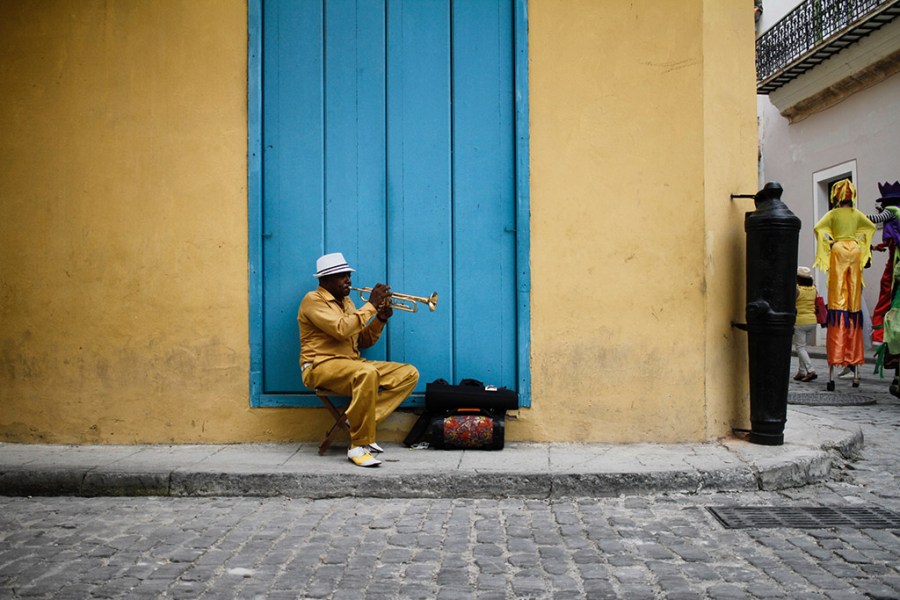Street Photographers for Dummies
Table of ContentsThe Street Photographers PDFsThe Of Street PhotographersSome Known Incorrect Statements About Street Photographers Street Photographers Fundamentals ExplainedNot known Factual Statements About Street Photographers
, a genre of photography that records day-to-day life in a public location. The actual publicness of the setting allows the professional photographer to take candid images of unfamiliar people, typically without their expertise. Road digital photographers do not always have a social function in mind, but they like to isolate and capture moments which might otherwise go unnoticed.He was affected by several of those that affected the road photographers of the 1950s and '60s, he was not mainly interested in catching the spirit of the road., that worked side by side with photographers trying to catch the significance of metropolitan life.
Because of the relatively primitive modern technology readily available to him and the lengthy exposure time required, he had a hard time to capture the stress of the Paris roads. He experimented with a collection of photo techniques, trying to locate one that would enable him to capture activity without a blur, and he located some success with the calotype, patented in 1841 by William Henry Fox Talbot. While the professional photographers' subject was basically the exact same, the outcomes were noticeably various, showing the effect of the digital photographer's intent on the personality of the images he produced.
The Ultimate Guide To Street Photographers
Offered the great high quality of his pictures and the breadth of product, architects and artists usually acquired Atget's prints to use as recommendation for their very own work, though industrial rate of interests were hardly his major inspiration. Rather, he was driven to picture every last remnant of the Paris he enjoyed.

Unlike his peers, Brassa made use of a larger-format Voigtlnder cam with a much longer direct exposure time, forcing him to be extra computed and thoughtful in his method than he could have been if making use of a Leica. (It is believed that he might not have had the ability to manage a Leica back then, yet he did, however, utilize one in the late 1950s to take colour pictures.) Brassa's photos of the Paris underworld brightened by man-made light were a discovery, and the compilation of the collection that he published, (1933 ), was a major success.

Street Photographers for Dummies
It is due to this fundamental understanding of the art of image taking that he is usually credited with uncovering the medium throughout again approximately a century given that its creation. He took photographs for greater than a half century and affected generations of photographers to trust their eye and intuition in the moment.
These are the inquiries I shall try to respond to: And afterwards I'll leave you with my own definition of street photography. Yes, we do. Let's begin with specifying what a meaning is: According to it is: "The act of specifying, or of making something definite, distinct, or clear".
No, most definitely not. The term is both restricting and misdirecting. Seems why not try these out like a get more road photography should be images of a roads right?! And all road digital photographers, other than for a tiny number of outright novices, will fully appreciate that a road is not the key component to street digital photography, and in fact if it's a picture of a road with possibly a couple of uninteresting people doing absolutely nothing of passion, that's not street digital photography that's a photo of a road.
The Ultimate Guide To Street Photographers
He makes a valid point don't you assume? While I concur with him I'm not certain "honest public digital photography" will catch on (although I do kind of like the term "honest digital photography") because "street photography" has actually been around for a long time, with many masters' names connected to it, so I think the term is here to stay. Street Photographers.
Inside?! I hear you scream as you tremble your fist to the skies. Why not? You can shoot at the beach, at a festival, in an alley, in a park, in a piazza, in a coffee shop, at a museum or art gallery, in a city station, at an event, on a bridge, under a bridge ...
Yes, I'm terrified we have no option! Without guidelines we can not have a definition, and without an interpretation we do not have a style, and without a category we don't have anything to specify what we do, and so we are stuck in a "guidelines meaning genre" loop! And no-one wants to get embeded a loophole. - top article Street Photographers
